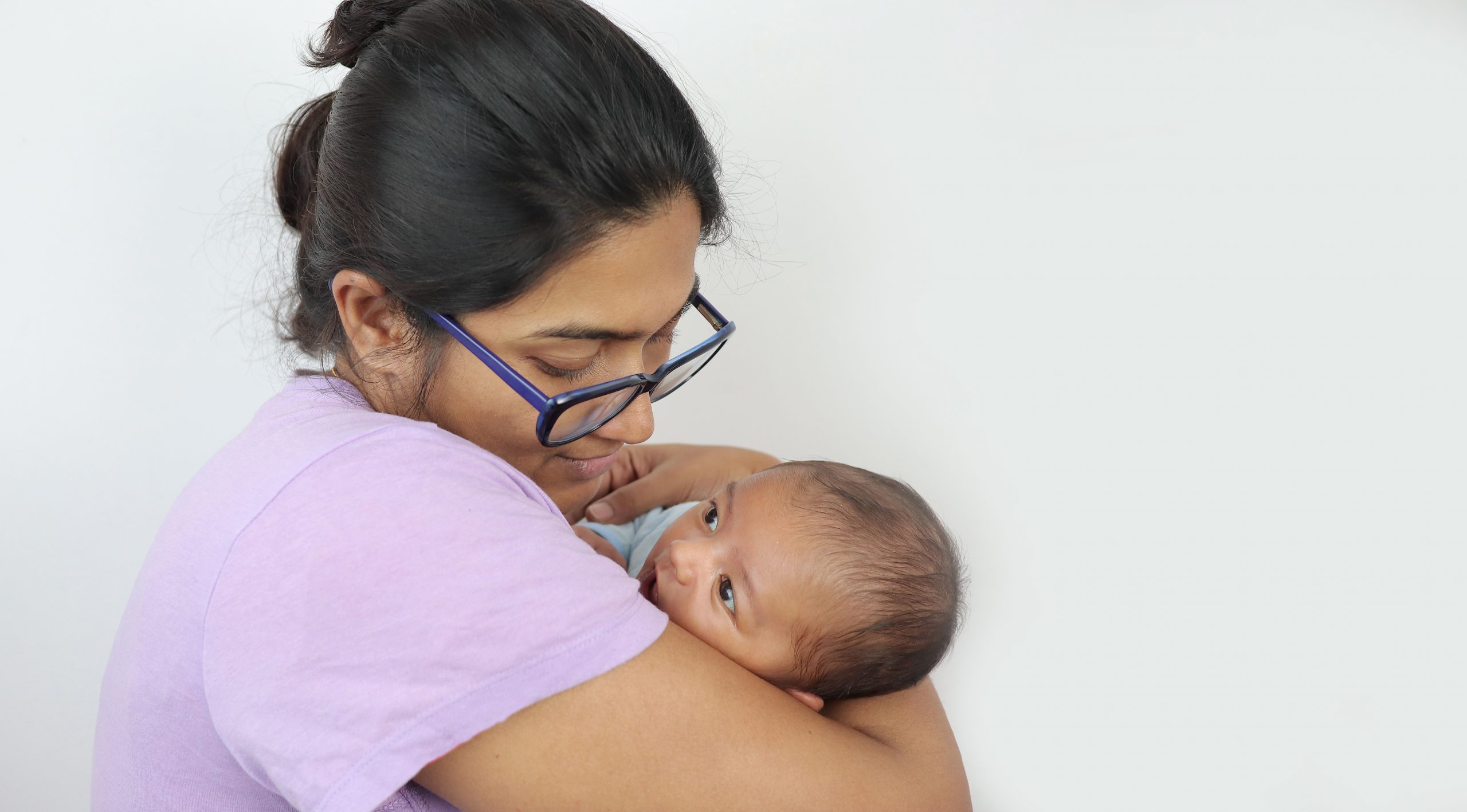Intellectual/Developmental Disability and Maternal Health Equity.

Intellectual and Developmental Disability and Maternal Health Equity
As their civil rights advance, more women with intellectual and developmental disabilities are starting families. But new research shows they face major disparities in maternal health outcomes and care.
“There is an unfortunate history of inequity and injustice surrounding sexual rights and pregnancy for women with intellectual and developmental disabilities,” says Eric Rubenstein, who recently joined the School of Public Health as an assistant professor of epidemiology.
That history includes, in the United States, the forced sterilization of tens of thousands of women with intellectual and developmental disabilities (IDD) under eugenics laws into the late 20th century.
“As their civil rights advance, more women with intellectual and developmental disabilities (IDD) are starting families,” Rubenstein says. “However, since women with IDD did not have the opportunity to have children in the past, we know little about the epidemiology of pregnancy in a population that faces a lot of other health risks and disparities.”
A study led by Rubenstein and published in the journal PLOS ONE in October shows that, as in many other areas, women with IDD face major disparities in maternal health outcomes and care.
Rubenstein and colleagues looked at data from birth records and Medicaid claims in Wisconsin from 2007 through 2017, identifying over 1,500 live births to women with IDD. Compared to other low income women enrolled in Medicaid, they found that women with IDD were at greater risk of gestational diabetes and hypertension, were more likely to deliver preterm, and were more likely to have a caesarean delivery.
“People with disabilities in general, and IDD in particular, are important populations that may be overlooked when thinking about reducing pregnancy disparities,” Rubenstein says.
The public conversation about pregnancy disparities has focused in recent years on how racism affects outcomes and care, particularly for Black women—rightfully, Rubenstein says. But disability needs to be part of that conversation, too, he says, noting that the study found risk of gestational hypertension was higher for Black women with IDD than for Black women without IDD or non-Black women with IDD.
The National Institutes of Health (NIH) does not recognize people with IDD or other disabilities as health disparity groups, but Rubenstein says public health attention is shifting.
“There is a strong self-advocacy movement where people with IDD are leading the fight for improved healthcare and opportunity,” Rubenstein says, noting that a large cohort of autistic young people, who have driven a lot of media and research attention, are now entering adulthood. “I anticipate the interest will follow once they start families,” he says.
Because, Rubenstein says, in and out of the public health community it can be forgotten that children with IDD become adults with IDD. “Much focus and thought are paid to children with disabilities, but the transition to adulthood is often a cliff rather than a ladder,” he says.
As a result, the state of health and healthcare access for people with IDD “could be summed up best as ‘poor,’” he says, with the caveat that people with IDD are a very broad group with many different conditions and circumstances.
“Like health in many populations, a big key to optimal outcomes is access and, in many cases, adults with IDD face extreme barriers to opportunity.” People with IDD can be paid subminimum wage, lose Medicaid benefits if they make more than just $500 a month, and support services such as home health aides are severely underfunded, he says, to name just a few—and there are many, many more.
Rubenstein has seen these “unnecessary obstacles” first hand, which led him to this area of research. “I started out in this ‘field’ in a literal field coaching Special Olympics baseball when I was 10,” he says. “The IDD community has been my community since then. As I have grown up with my friends and athletes I coach, I’ve seen how the healthcare system and social disparities can negatively impact health and the major impact that has on a person’s life and well-being.”
However, Rubenstein says he is hopeful, and that much is changing.
“Organizations like Special Olympics have committed to improving health as a pillar to their missions,” he says. “Inclusion, rather than segregation, is becoming the standard practice, which will reduce stigma and improve community.
“I think the future is bright.”